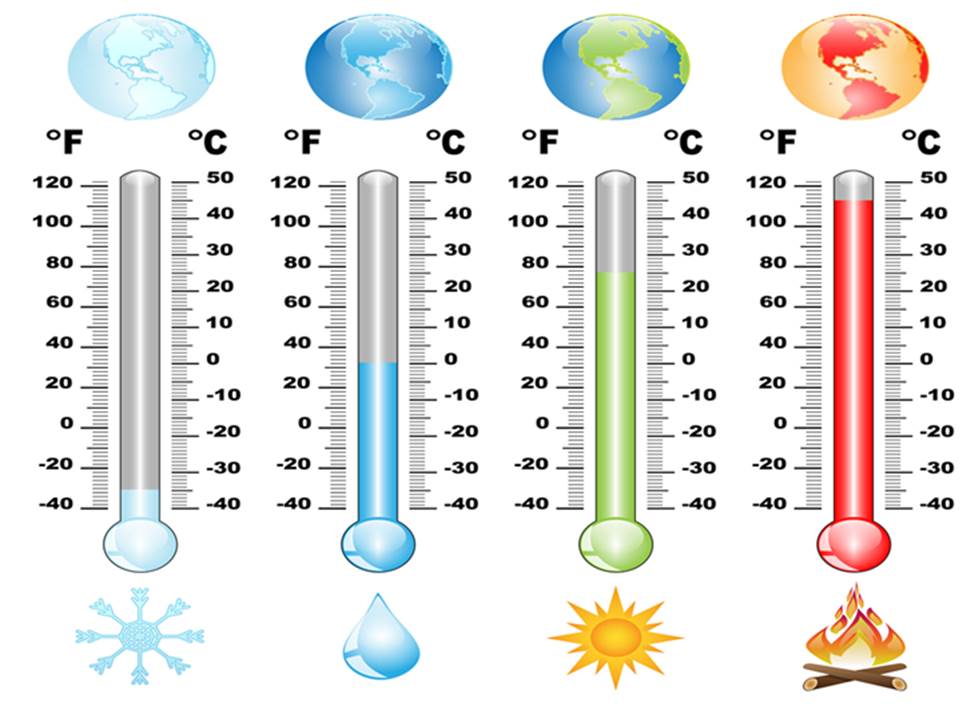When it comes to temperature conversions, understanding the grados fahrenheit a centigrados formula is essential for various applications, from cooking to scientific research. The need for accurate temperature readings transcends borders, as different regions utilize different measurement systems. Many people find themselves puzzled when having to convert between Fahrenheit and Celsius (Centigrados), leading to the need for a clear and concise formula that facilitates this process.
The grados fahrenheit a centigrados formula is particularly useful in regions where Fahrenheit is the prevalent temperature scale, such as the United States. In contrast, most other countries use Celsius, creating a gap in understanding for those who must navigate these two systems. This article aims to break down the conversion process, providing insights and practical examples to ensure that anyone can convert Fahrenheit to Celsius with ease.
As we explore the topic, we will address some common questions regarding the conversion process, delve into the implications of temperature measurement in daily life, and provide a detailed guide on how to use the grados fahrenheit a centigrados formula effectively. Whether you're a student, a professional, or just someone curious about temperature conversions, this article will serve as a valuable resource.
What is the Grados Fahrenheit a Centigrados Formula?
The formula for converting Fahrenheit to Celsius is fairly straightforward. The mathematical equation is as follows:
C = (F - 32) × 5/9
In this formula:
- C represents the temperature in degrees Celsius.
- F represents the temperature in degrees Fahrenheit.
This formula indicates that you need to subtract 32 from the Fahrenheit temperature, multiply the result by 5, and then divide by 9 to obtain the temperature in Celsius. Let's take a closer look at how this formula works through practical examples.
How to Use the Grados Fahrenheit a Centigrados Formula?
To effectively utilize the grados fahrenheit a centigrados formula, follow these steps:
- Take the Fahrenheit temperature you wish to convert.
- Subtract 32 from the Fahrenheit temperature.
- Multiply the result by 5.
- Divide that result by 9.
- The resulting figure is the temperature in Celsius.
For example, if you want to convert 68°F to Celsius, you would:
- Subtract 32: 68 - 32 = 36
- Multiply by 5: 36 × 5 = 180
- Divide by 9: 180 ÷ 9 = 20
Thus, 68°F is equal to 20°C.
Why is Understanding Temperature Conversion Important?
Understanding how to convert between Fahrenheit and Celsius is crucial for several reasons:
- Cultural Awareness: Different countries use different temperature scales, and being able to convert temperatures can help bridge that gap.
- Travel: When traveling internationally, knowing how to interpret weather forecasts or cooking temperatures can enhance your experience.
- Scientific Research: Accurate temperature readings are essential in various scientific fields, and misunderstandings can lead to incorrect conclusions.
What Are Some Common Mistakes in Temperature Conversion?
When converting temperatures, people often make a few common mistakes:
- Forgetting to subtract 32 before making further calculations.
- Confusing the multiplication and division steps.
- Rounding numbers too early in the calculation process, which can lead to inaccuracies.
By being aware of these common pitfalls, individuals can take extra care during conversions to ensure accuracy.
Can You Convert Celsius to Fahrenheit Using the Same Formula?
No, the grados fahrenheit a centigrados formula is specific to converting from Fahrenheit to Celsius. However, there is a separate formula for converting Celsius to Fahrenheit:
F = (C × 9/5) + 32
Using this formula, you can easily switch from Celsius to Fahrenheit. For instance, if you have a temperature of 20°C and want to convert it to Fahrenheit:
- Multiply by 9: 20 × 9 = 180
- Divide by 5: 180 ÷ 5 = 36
- Add 32: 36 + 32 = 68
So, 20°C is equivalent to 68°F.
What Are Some Real-World Applications of Temperature Conversion?
Temperature conversion is not just a theoretical exercise; it has practical applications in various fields:
- Cooking: Recipes often use different temperature scales, and knowing how to convert can prevent culinary disasters.
- Weather Forecasting: Meteorologists provide temperature readings in both Fahrenheit and Celsius, particularly in regions where both systems are used.
- Healthcare: Medical professionals often need to convert temperatures for patients, especially in international contexts.
Conclusion: Mastering the Grados Fahrenheit a Centigrados Formula
In conclusion, mastering the grados fahrenheit a centigrados formula is not only beneficial but also essential in today's interconnected world. Whether you are cooking, traveling, or conducting scientific research, the ability to convert temperatures accurately can enhance your understanding and interactions. By following the steps outlined in this article and being aware of common mistakes, anyone can become proficient in temperature conversion.
So, the next time you find yourself needing to convert Fahrenheit to Celsius or vice versa, remember the formulas provided and the practical applications of your newfound knowledge. With practice, converting between these two systems will become second nature!
Diner From Seinfeld: A Nostalgic Journey Through Jerry's Favorite Hangout
Exploring The World Of Memes No Text: A Visual Journey
Unveiling The Secrets: Chapter 5 Season 3 Map Leak


